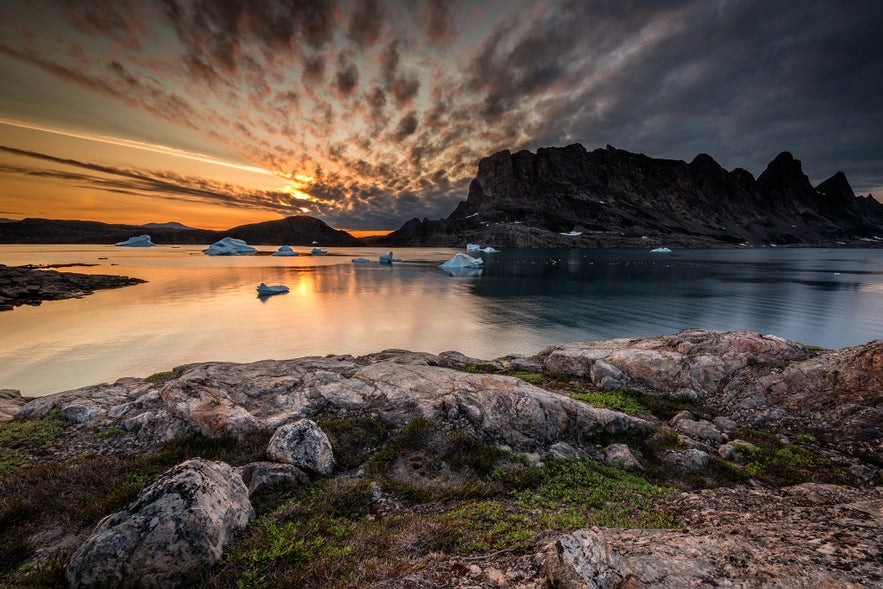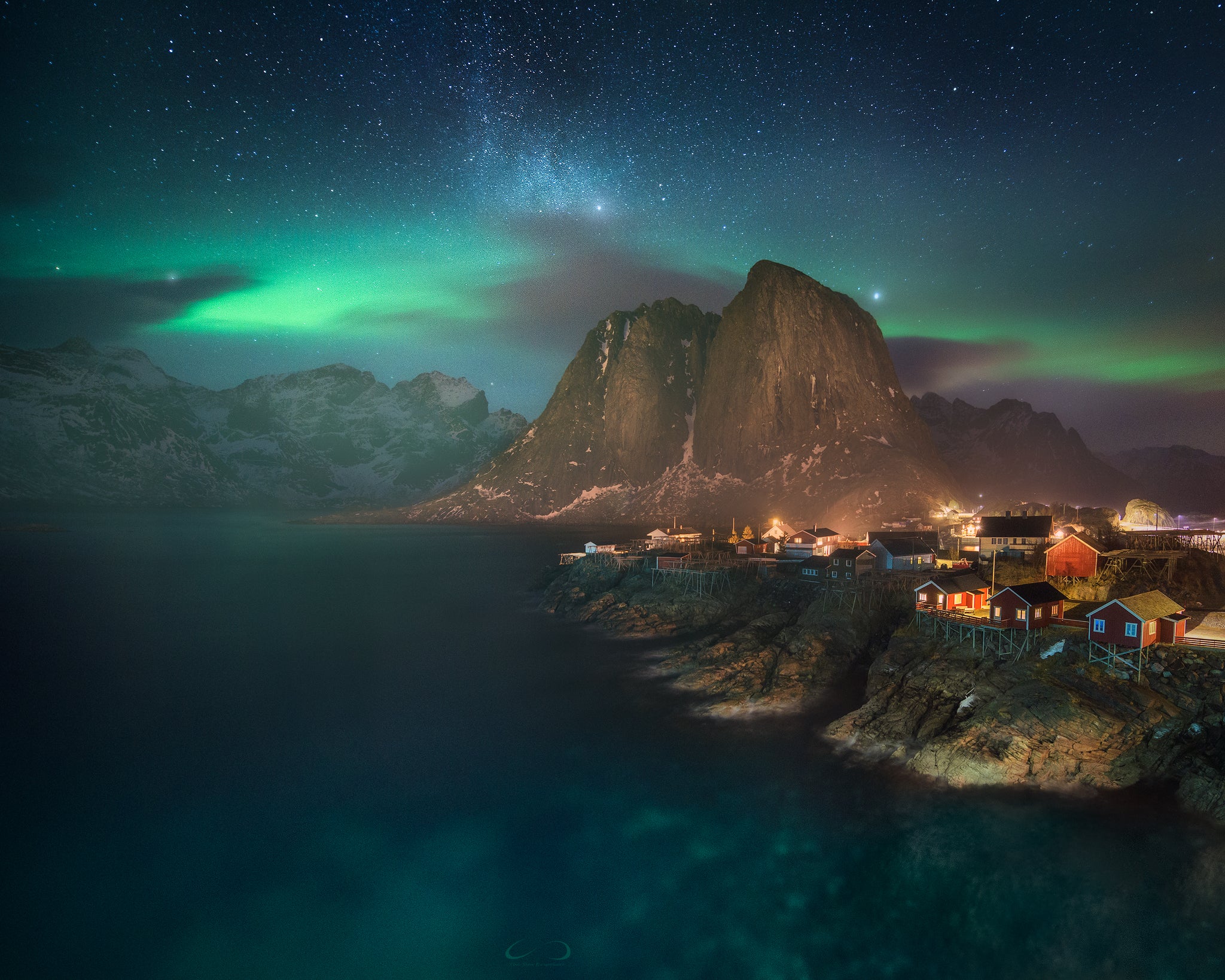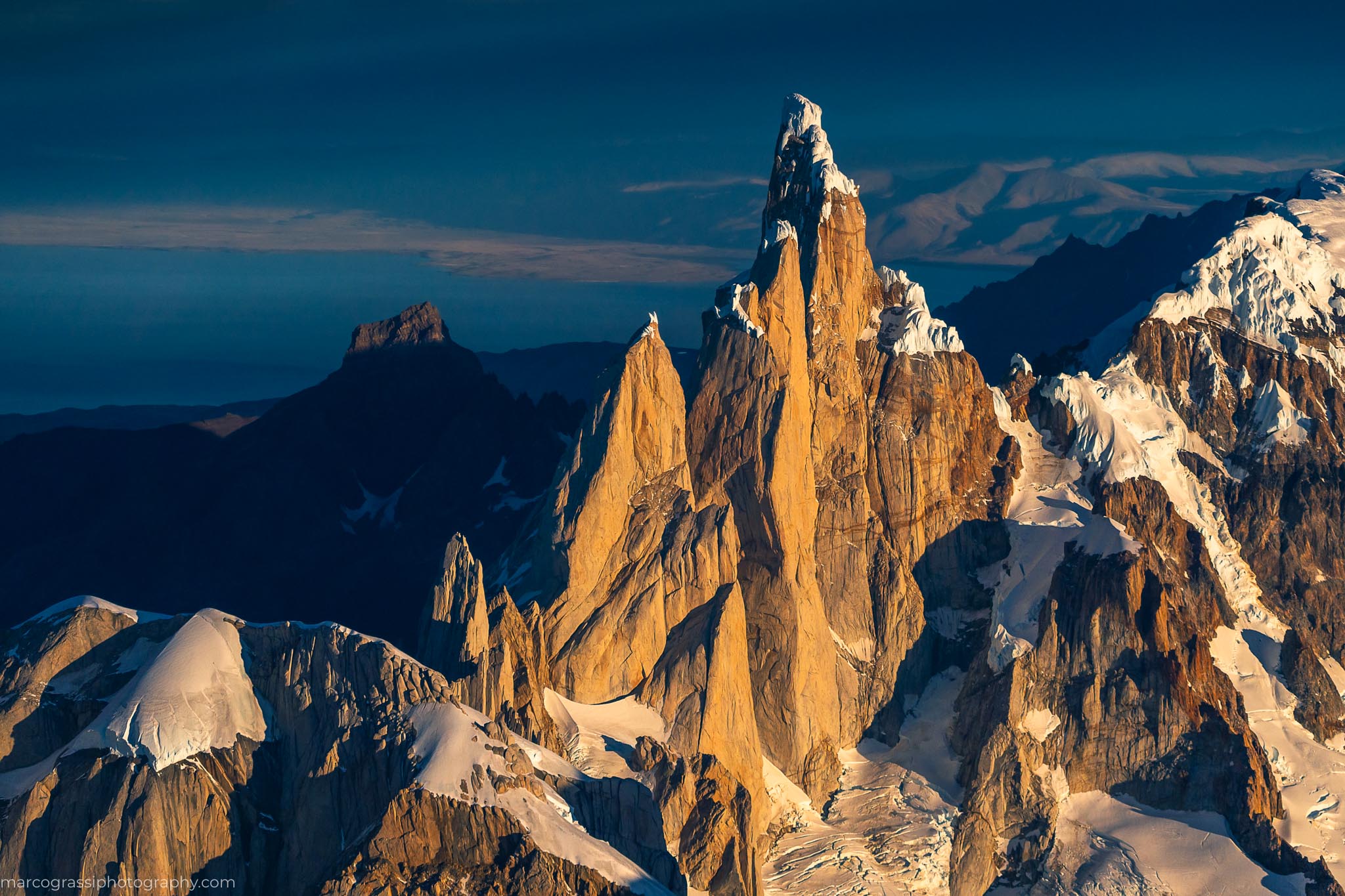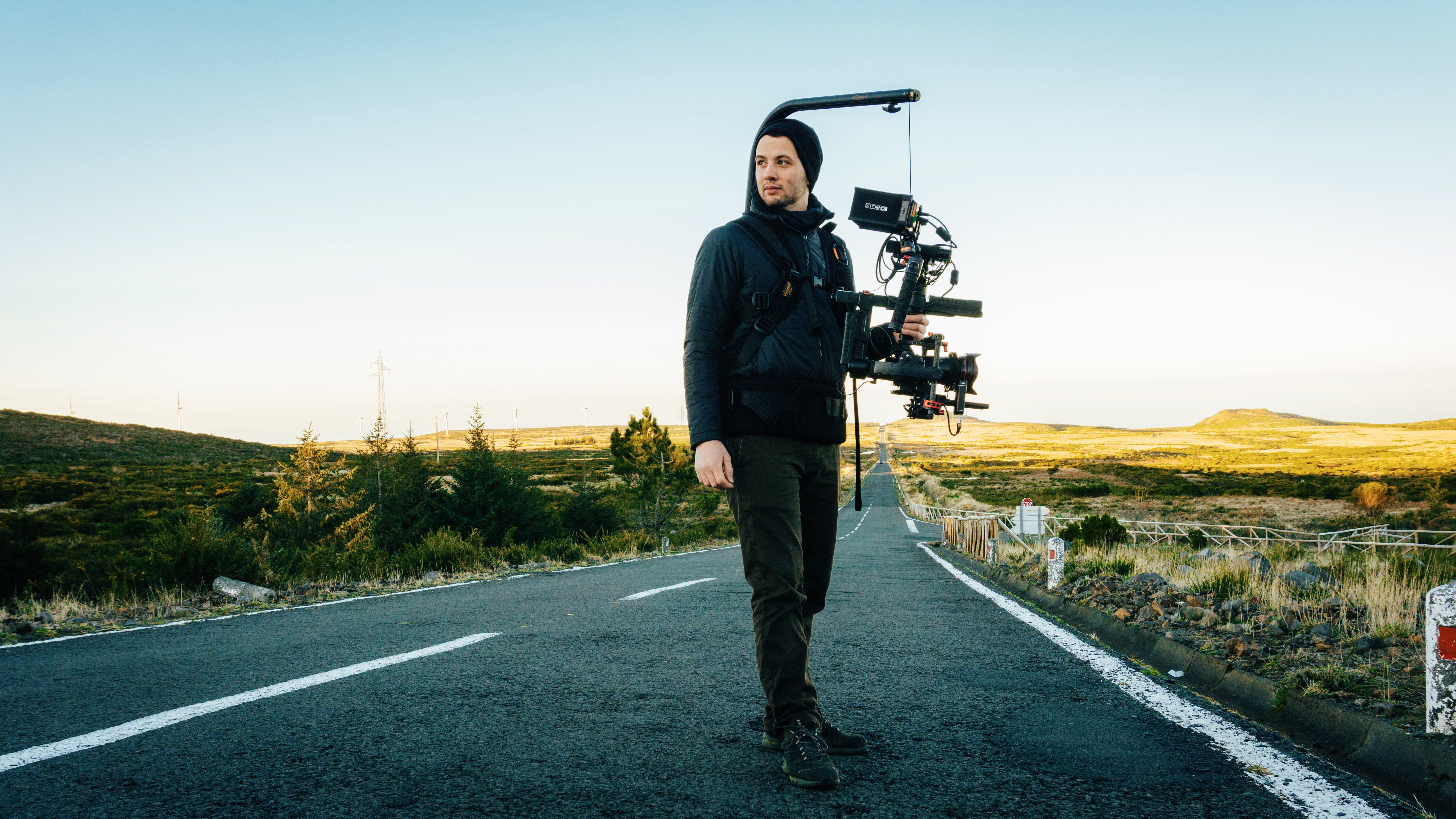
There are few people working in landscape photography who are as capable and respectable as Arctic pioneer and Iceland Photo Tours guide, Kerry Koepping.
Hailing from the USA, Kerry is an internationally acclaimed environmental photographer who has had his work published in prestigious media channels throughout the world, including the Smithsonian, NCAR, ECO, Swisscom, and the U.S. Arctic Research Commission. Kerry has also been a presenter at international forums and conferences on climate change; most recently at the Arctic Circle Assembly in Reykjavik, Iceland.
This month, we caught up with Kerry to talk about his passion for the outdoors and the Arctic, his unique vision in relation to the shared ‘Arctic Arts Project’, and the challenges of storytelling through photography to make an impact on how people see the world.
- Check out these South America Photo Tours and Workshops
- Explore these articles on Landscape and Nature Photography
- Discover this Italian Riviera 6 Day Photography Tour | Cinque Terre
Thanks for joining us, Kerry! Tell us a bit about yourself and how you got started in photography.
I was given a camera before I could remember, so even as a child, I had a camera in one hand, drawing tablet in my other, and a passion for the outdoors. My parents encouraged me to find my voice through art and the natural world by taking the family on camping trips, hikes and immersive journeys.
I learned very early to “sit” with the environment, spending hours at a time photographing and sketching the specific happenings found in small, metre square, spaces in the woods. It tuned my eye to see a world that was right in front of me, yet it was a world most people pass by.
I went on to gain a degree in Environmental Design, and the camera and drawing tablet became my valued companions in expressing the art and storyline of nature.
 Trail to Gold. Photo by: 'Kerry Koepping'.
Trail to Gold. Photo by: 'Kerry Koepping'.
- See also: Travelling to Greenland for Photography
Who were the mentors who helped to shape your photographic work?
I have been influenced by many in my 40 years of photography; some whom are not so much landscape photographers, or even photographers for that matter. But each of them have a deep-seated connection to the environment and the human existence.
For example, John Muir, also known as "John of the Mountains". He was a Scottish-American naturalist, author, environmental philosopher, glaciologist and early advocate for the preservation of wilderness in the United States.
Another is Galen Rowell, whose work reflects a preoccupation with issues relating to conservation, ecological awareness, environmental preservation, and humanitarian causes.
I’ve also been influenced by Platon, a communicator and storyteller whose medium is design and art. Though his work is not landscape based, he is the consummate storyteller of what moves us as humans here on Earth. Platon’s work celebrates those who fight for equality and justice in countries suppressed by political forces.
On the other hand, there is Michael Kenna, an English photographer best known for his unusual black & white landscapes. Kenna gratefully drifted apart from the world of commercial work and eventually discovered his own style after working alongside great photographers like Ruth Bernhard.
Last, but not least, Per Bak Jensen. He is one of Denmark's leading artistic photographers, and in my opinion is a pioneer of modern landscape photography. His desolate images of nature or industrial sites often convey an almost metaphysical impression. In addition, my respected peers of today constantly challenge me to reach further in how I see things.
 Sled Road Home. Photo by: 'Kerry Koepping'.
Sled Road Home. Photo by: 'Kerry Koepping'.
- See also: Midnight Sun in Greenland Photo Tour
How would you describe your work to someone who has never seen it?
It is my hope that the viewer’s reaction to my work would be – “He Sees Things Differently”. While the images might be beautiful, they also evoke questioning and dialogue.
I am a storyteller. I want to capture the enduring aspects of a place while finding the anomalies of change that evoke questions and tell the story of both aeonic and sudden shifts in the natural world and the human relationship to those changes.
I love when emerging light reveals detail, colour and the full visual potential of a location. I hope that people who see my work feel the awe that I experience in these incredible places.
 Scoresby Sunset. Photo by: 'Kerry Koepping'.
Scoresby Sunset. Photo by: 'Kerry Koepping'.
- See also: 12 Day Greenland Photo Expedition
Do you have guiding principles that you follow when you’re making pictures? Is there an underlying philosophy that binds all of your work together?
Imagery has to have relevance. Pretty pictures are just not enough. There needs to be a story behind each scene that is relevant to our place on this planet. This includes places where we have no place – aspects of the world that need to be left free of human impact. I feel that the power of storytelling gets people in sync. It has the ability to move the masses to a collective voice.
 Bear Island Contrail. Photo by: 'Kerry Koepping'.
Bear Island Contrail. Photo by: 'Kerry Koepping'.
What do you love most about environmental photography and in particular, focusing your efforts on the Arctic?
I love that environmental photography is pure immersion.
It is exhilarating to engage a scene and watch as the backstory evolves throughout the day. To be able to capture the exhilarating first breath of light to the day’s dramatic end is a very sensory experience.
For me, each photograph is a journey in perception – an exploration in seeing the world that surrounds us. When photographing the Arctic, I tune in to the hidden storylines within the subject at hand and try to communicate that sense back to the person seeing a final image. I feel a deep sense of responsibility in capturing a moment in time, knowing that I may be the only person on Earth to witness a given subject.
 Prepare The Hunt. Photo by: 'Kerry Koepping'.
Prepare The Hunt. Photo by: 'Kerry Koepping'.
- See also: East Greenland | 10 Day Photo Workshop
How much equipment do you usually bring with you on an expedition?
It depends on the location and how far I’m traversing to get to a desired place. I shoot with both the Nikon D800/810 and Pentax 645D/Z, so I usually have 2-3 bodies and 2-3 lenses for each set up and I always have a tripod. So my equipment can get a bit heavy at times but I find it necessary to achieve the full essence of most locations.
Working in harsh conditions such as the Arctic warrants increased safety measures for both your photographic equipment and files. How do you ensure that your camera gear and the photos you take stay safe with you during your travels?
If the anticipated conditions are going to be extreme (-20ºC/-40ºC), I take great care in both equipment and file storage.
For the most part, batteries and cards stay on my person during prolonged extreme expeditions. I will pack other equipment with warmer packs just to keep them functional.
On trips that are not quite so extreme, which is actually the larger percentage of my trips, I still protect my file storage with great care. I utilise hard case storage for my SD cards with a system of card rotation that ensures that no card, once shot, will be written over. Additionally, I back up to an external hard drive as much as possible before I leave a shoot. That being said, being prepared for all situations and environs is critical to the success of any shoot.
 Polar Hunt. Photo by: 'Kerry Koepping'.
Polar Hunt. Photo by: 'Kerry Koepping'.
Your passion for the Arctic has slowly unfolded over the years and taken form in your current position as the Director of the Arctic Arts Project. Tell us about this project. How did it begin and how has it since evolved?
The concept for the Arctic Arts Project evolved while shooting in Denali, Alaska, where I played witness to and photographed rarely seen permafrost polygon hummocks that have since evoked a passionate global response from naturalists, scientists and artists. The initial goal of the project was to communicate, through the visual, what climate change in the Arctic looks like.
The Arctic Arts Project has since emerged as a manifest of Art, Science and Education to become a powerful fact based voice to educate and inspire people to action. Most humans need a just cause – something that we can feel devoted to, something that we can stand for, and not just something that we stand against. Hopefully, as The Arctic Arts Project continues to strengthen its global voice, through the team’s incredible photography, we will all leave this world with a powerful legacy.
 Leaky Foss. Photo by: 'Kerry Koepping'.
Leaky Foss. Photo by: 'Kerry Koepping'.
The Arctic Arts Project is a collaborative process. Tell us a bit about what it is like to work with a team of storytellers, each of whom has their own interpretation of art. How do you bring these styles together to create a cohesive dialogue?
I have been incredibly fortunate to work with what I consider some of the pre-eminent photographic storytellers of our day. Each of The Arctic Arts collaborator’s brings their unique vision of what they see in our world and how it affects their daily visual journey. Each member was selected for their ability to evoke empathetic dialogue and questioning within their imagery. Because of how each artist brings such an impactful message within their work, merging of the different interpretations has been relatively simple.
The work is profound and seems to unify on its own merit.
 Jakobshavn Sunset. Photo by: 'Kerry Koepping'.
Jakobshavn Sunset. Photo by: 'Kerry Koepping'.
Describe some of the biggest challenges in eliciting a visual response to the changes in our environment.
Probably the biggest difficulty in eliciting a response is making the visuals relevant on a global basis. How does the visual of a melting glacier, thawing tundra, indigenous hunter or dramatic polar bear become relevant to someone in Indonesia, China or the United States? The Arctic Arts Project is now developing channels of distribution that, within its context, will not only push visuals to mid-latitudinal and equatorial countries but also transport the viewer to the Arctic in a sensory experience.
- See also: Wildlife Photography
How can people get involved if they want to contribute to the change?
Over the next 12 months, the Arctic Arts Project will be opening up a new photographer contribution channel. The intention of this contributor network will be to engage photographers and filmmakers all over the globe in a cohesive visual voice regarding climate change. We want to add dimension to these stories that increasingly evokes understanding and collaboration.
 Inuit Fisher. Photo by: 'Kerry Koepping'.
Inuit Fisher. Photo by: 'Kerry Koepping'.
Over the years, you’ve been building a reputation as an artist who fosters his own career through teaching, speaking and inspiring change. What are the greatest challenges of making a living as a photographic artist?
I see that the greatest challenge of today’s photographic artist is to continually separate and differentiate one’s work from all of the noise. I feel the need to constantly challenge myself to push the envelope of storytelling while at the same time giving value to the art of imagery. In today’s world of phone cameras and “easy access everything”, photography has to be more than just pretty pictures. It needs depth, meaning and purpose. Without it, making a living is virtually impossible.
I respect my worthy adversaries – they push me to become a better someone, a better photographer. I use the competition to better myself and my craft. I also don’t view this as a single battle but rather something an artist has to be in for the long haul.
 Ice Wedge. Photo by: 'Kerry Koepping'.
Ice Wedge. Photo by: 'Kerry Koepping'.
How do you define success and how do you measure up to your own definition?
Success, for me, is not measured by the number of awards one receives, nor how many likes a person gets on a particular image. Rather, I measure success by how effective an artist’s voice resonates with the world. Does an image evoke dialogue, reflection and action? If I am able to engage my peers and challenge myself to continually become a voice, then I suppose I would consider myself a success.
What kind of impact do you hope to make on the landscape and environmental photography world in the next 10-15 years?
In this world of visual literacy, I feel that the photographer and filmmaker with the most factual solid storyline, presented in an immersive way, will have a profound impact on the world. Although, within this opportunity comes profound responsibility.
 Ice Camp Aurora. Photo by: 'Kerry Koepping'.
Ice Camp Aurora. Photo by: 'Kerry Koepping'.
What other projects are you working on at present?
I am currently working on visual immersion channels of distribution that will transport the viewer to a given location instead of merely pushing the visual outward. Technology is moving at an unbelievable pace. Using these emerging communication tools to elevate our ability to tell stories is exciting and unprecedented.
For more information on Kerry's work, follow him on Instagram.
Join Kerry on a Midnight Sun photography workshop in Greenland!












